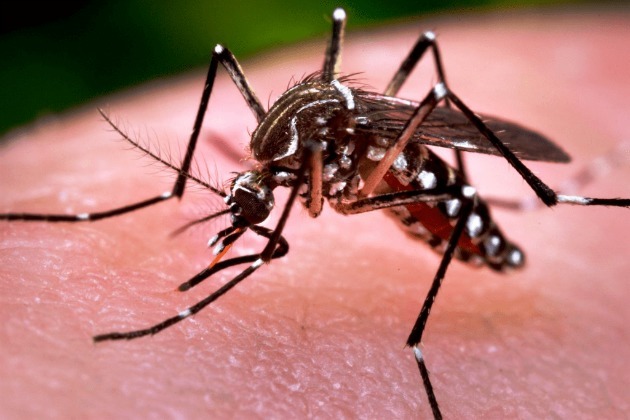vegetables are beings autotrophs, that is, beings that manage to produce their own food through a phenomenon we call photosynthesis. For any vegetable to be able to carry out this process, it needs light, carbon dioxide and water. Nowadays, we know that vegetables are the base of the food chain and that most living beings depend on this phenomenon to survive. However, this was not always the case, as many scholars believed that vegetables got their food directly from the ground.
Jan Baptist Van Helmont he was one of the first to observe how plant nutrition took place. After placing a willow plant in a ceramic pot and watering it constantly, he observed that in the end after five years, the plant had grown and developed well and the amount of soil in the pot continued to same. From this observation, he concluded that plants were able to produce all the substances they needed from water and not from the soil as they imagined.
In the year 1727, the English scientist Stephen Haleshe disclosed, after some research, that vegetables used air to produce the substances they needed and, in 1772,
Joseph Priestley made a very interesting discovery. When placing a plant and a candle in a container, he observed that the candle did not go out and that the fact that it did not go out was linked to the presence of the plant inside the same container. After this and other experiments, Priestley found that the air remained pure and breathable because of the plants and that they were capable of producing substances to purify it.In 1796, Jan Ingen-Housz he redid Priestley's experiments confirming it and, from other research, concluded that only the green parts of the plants were capable of “purifying the air”.
Do not stop now... There's more after the advertising ;)
In 1804, Nicholas de Saussure came to the conclusion that water also played an important role in this process of production of substances by plants and he also demonstrated that in the presence of light the plants absorbed carbon dioxide and released oxygen, whereas in the dark there was inverse.
In the year 1905, blackman, researching the effects that the concentration of carbon dioxide, light and temperature had on the process photosynthetic, he found that in the phenomenon of photosynthesis there were two types of reactions, those that occurred in the presence of light and those that occurred in the presence of light. they occurred in the dark.
In the year 1920, Van Niel, a graduate student at Stanford University, from studies done with bacteria, suggested that it was water and not carbon dioxide that degraded generating oxygen in the photosynthesis.
Melvin Calvin, Andrew Benson and his collaborators confirmed Van Niel's conclusions and from other experiments they were able to identify what was the role of carbon in photosynthetic process, in addition to elucidating how amino acids, carbohydrates and other organic compounds were produced in the process photosynthetic. For this study, Calvin was awarded, in the year 1961, with the Nobel Prize in Chemistry.
In the 1960s, scientists H. P. Kortshak, M. D. Hatch and Ç. A. slackfound that in higher plants another cycle occurred in addition to the cycle already explained by Calvin. This new cycle was called the Dicarboxylic Acid Cycle.
By Paula Louredo
Graduated in Biology
Would you like to reference this text in a school or academic work? Look:
MORAES, Paula Louredo. "Scientists Who Collaborated in the History of Photosynthesis"; Brazil School. Available in: https://brasilescola.uol.com.br/biologia/historia-fotossintese.htm. Accessed on June 28, 2021.



